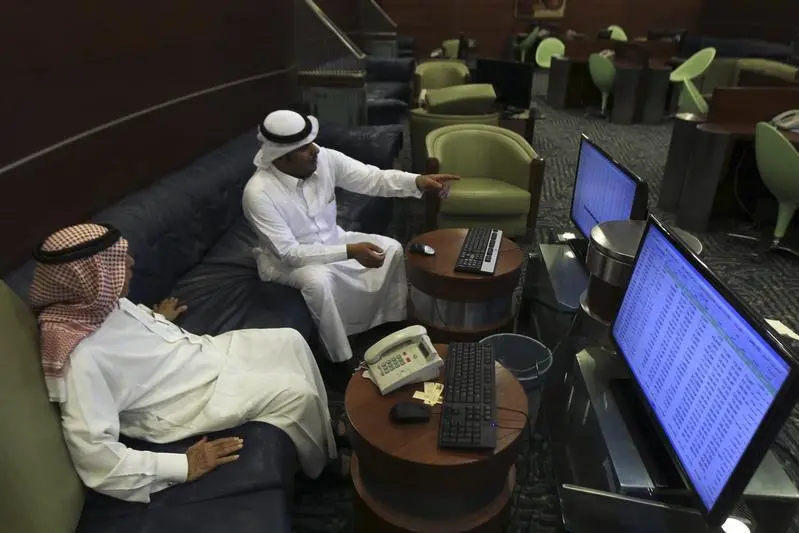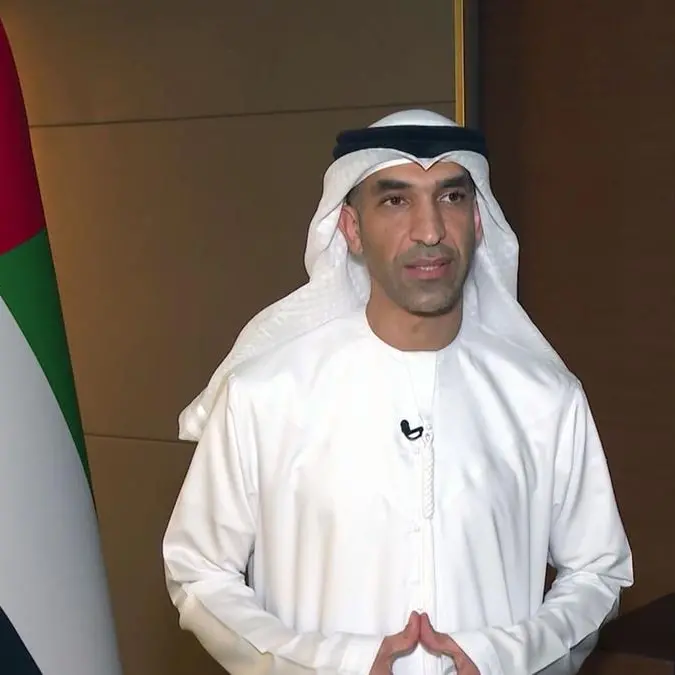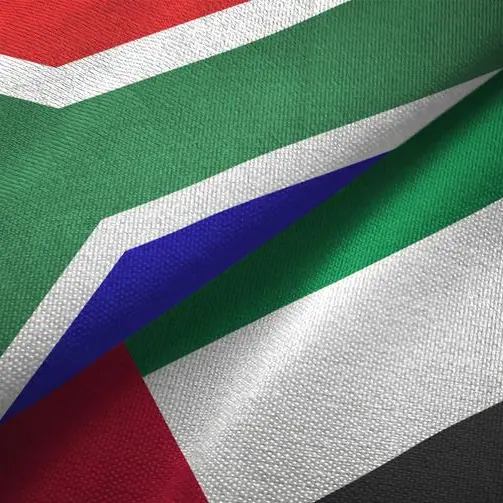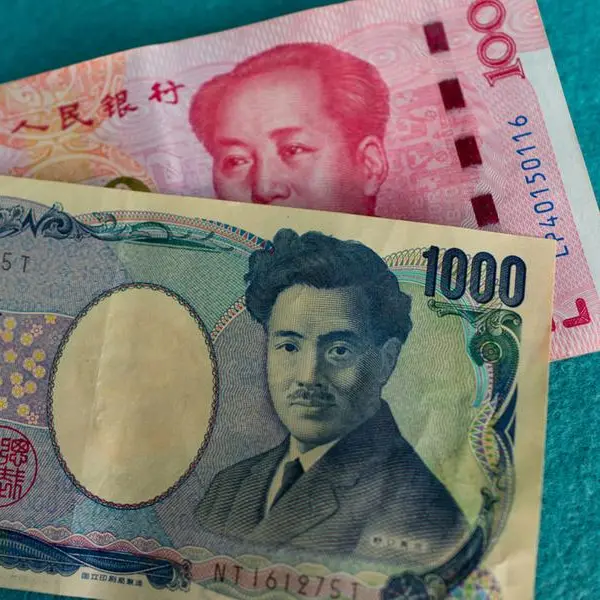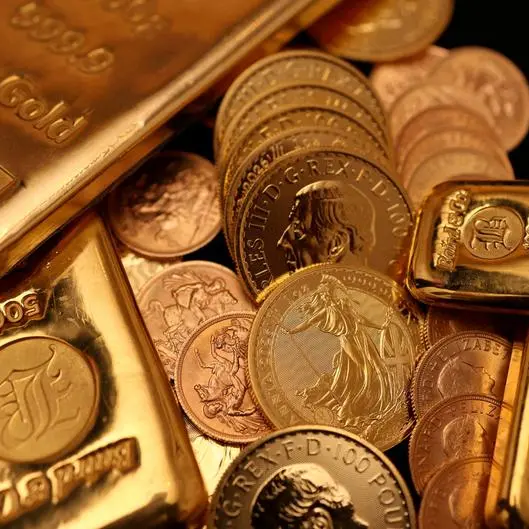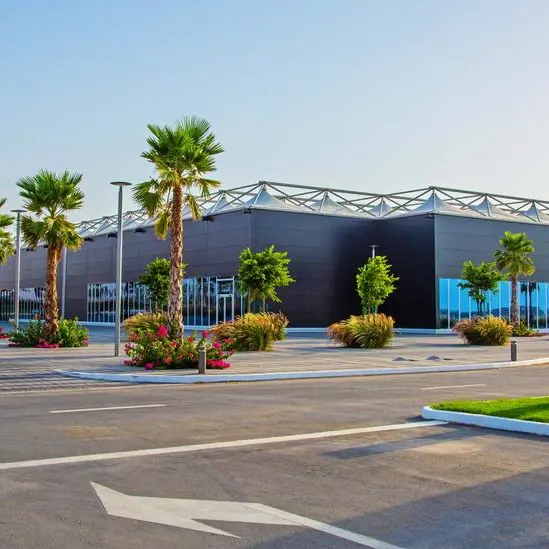PHOTO
15 May 2016
JEDDAH: Ambitious plans announced by Saudi Arabia last month to diversify its economy could lead to a credit ratings upgrade in the future, according to Moody's Investors Service.
In its latest report, the rating agency highlighted Deputy Crown Prince Mohammed bin Salman's Vision 2030 reforms that include tax rises, an efficiency drive and plans to give a bigger role to the private sector.
Although Moody's downgraded Saudi Arabia's long-term issuer rating by one notch to A1 Saturday, it gave the Kingdom a stable outlook, saying sweeping economic reforms announced by the government last month will stabilize the state budget.
Moody's also said it was uncertain how Saudi Arabia would fund its budget deficit averaging 9.5 percent of gross domestic product between 2016 and 2020, which would require total financing of $324 billion.
Economic experts, however, raised doubts over Moody's downgrade.
"We don't think this is realistic given the ongoing rebalancing in the oil market. We also think that Moody's is not paying enough attention to ongoing fiscal consolidation efforts," said James Reeve, deputy chief economist and assistant general manager, Samba Financial Group.
"Moody's ratings cut makes sense if you believe its oil price forecast for this year, which is only slightly above $30 per barrel," Reeve told Arab News.
John Sfakianakis, director of economic research at the Gulf Research Center, said: "This is the last in a series of downgrades which was more expected than not. The rating of Saudi Arabia from henceforth would be determined by the price of oil and the country's fiscal management and its rate of growth in the short term. Over the medium term, the implementation of the vision and the overall management of the reform project will be a determining factor in gaining confidence."
The rating agency acknowledged that Saudi Arabia's credit profile remains very strong by comparison with the majority of Moody's-rated sovereigns.
However, the drop in oil prices from their mid-2014 peaks has materially undermined the Kingdom's credit profile, negatively affecting the economy, the government's finances as well as both external accounts and reserve buffers.
Moody's also said that Saudi Arabia will maintain a strongly positive net asset international investment position of around 50 percent of GDP by 2019, although this will be much lower than the 108 percent recorded in 2015.
The agency downgraded Oman by one notch to Baa1 with a stable outlook, and cut Bahrain by one notch to Ba2, deeper in junk territory, with a negative outlook.
Moody's also confirmed the Aa2 ratings of the UAE and its biggest member, Abu Dhabi, but assigned a negative outlook to them.
The oil price collapse, from above $100 in early 2014 to around $46 on Friday, has intensified Saudi efforts to diversify the economy away from oil which makes up the majority of its revenue.
Prices have recovered some ground after touching 12-year lows earlier in 2016.
Brent crude futures settled down 0.5 percent at $47.83 a barrel On Friday. US crude settled 1 percent lower at $46.21, after touching a six-month high on Thursday.
JEDDAH: Ambitious plans announced by Saudi Arabia last month to diversify its economy could lead to a credit ratings upgrade in the future, according to Moody's Investors Service.
In its latest report, the rating agency highlighted Deputy Crown Prince Mohammed bin Salman's Vision 2030 reforms that include tax rises, an efficiency drive and plans to give a bigger role to the private sector.
Although Moody's downgraded Saudi Arabia's long-term issuer rating by one notch to A1 Saturday, it gave the Kingdom a stable outlook, saying sweeping economic reforms announced by the government last month will stabilize the state budget.
Moody's also said it was uncertain how Saudi Arabia would fund its budget deficit averaging 9.5 percent of gross domestic product between 2016 and 2020, which would require total financing of $324 billion.
Economic experts, however, raised doubts over Moody's downgrade.
"We don't think this is realistic given the ongoing rebalancing in the oil market. We also think that Moody's is not paying enough attention to ongoing fiscal consolidation efforts," said James Reeve, deputy chief economist and assistant general manager, Samba Financial Group.
"Moody's ratings cut makes sense if you believe its oil price forecast for this year, which is only slightly above $30 per barrel," Reeve told Arab News.
John Sfakianakis, director of economic research at the Gulf Research Center, said: "This is the last in a series of downgrades which was more expected than not. The rating of Saudi Arabia from henceforth would be determined by the price of oil and the country's fiscal management and its rate of growth in the short term. Over the medium term, the implementation of the vision and the overall management of the reform project will be a determining factor in gaining confidence."
The rating agency acknowledged that Saudi Arabia's credit profile remains very strong by comparison with the majority of Moody's-rated sovereigns.
However, the drop in oil prices from their mid-2014 peaks has materially undermined the Kingdom's credit profile, negatively affecting the economy, the government's finances as well as both external accounts and reserve buffers.
Moody's also said that Saudi Arabia will maintain a strongly positive net asset international investment position of around 50 percent of GDP by 2019, although this will be much lower than the 108 percent recorded in 2015.
The agency downgraded Oman by one notch to Baa1 with a stable outlook, and cut Bahrain by one notch to Ba2, deeper in junk territory, with a negative outlook.
Moody's also confirmed the Aa2 ratings of the UAE and its biggest member, Abu Dhabi, but assigned a negative outlook to them.
The oil price collapse, from above $100 in early 2014 to around $46 on Friday, has intensified Saudi efforts to diversify the economy away from oil which makes up the majority of its revenue.
Prices have recovered some ground after touching 12-year lows earlier in 2016.
Brent crude futures settled down 0.5 percent at $47.83 a barrel On Friday. US crude settled 1 percent lower at $46.21, after touching a six-month high on Thursday.
© Arab News 2016
